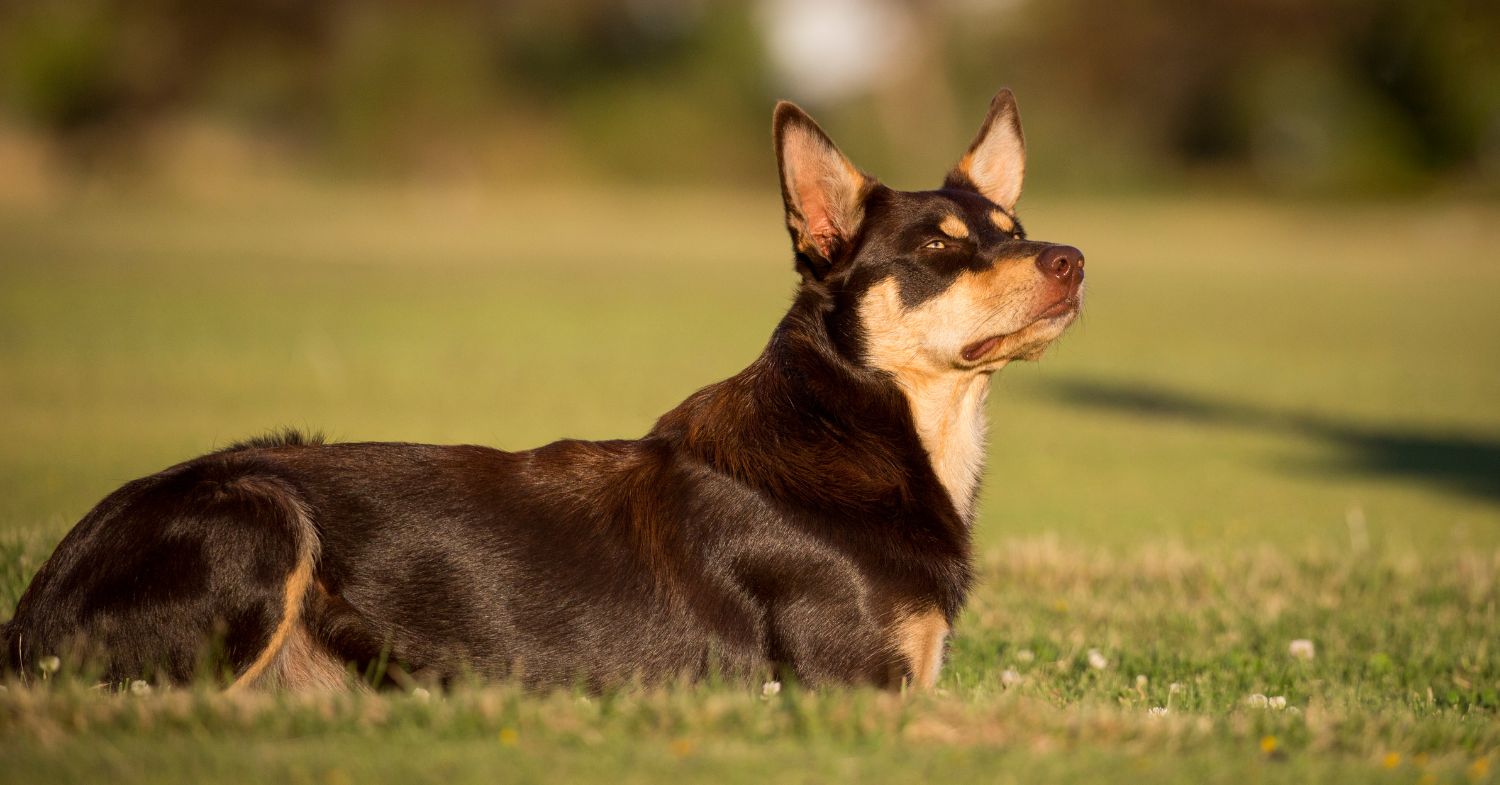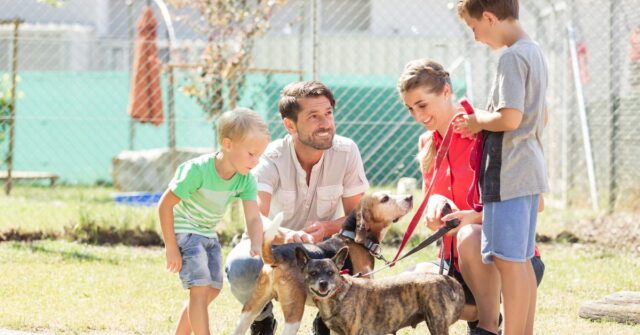Australia’s rich history of dog breeds traces a fascinating journey from the wild Dingo to the hardworking Kelpie.
This blog post delves into the origins, characteristics, and cultural significance of these iconic Australian dogs.
By exploring this history, we aim to provide a comprehensive understanding of how these breeds have shaped and been shaped by Australian life.
The History of the Dingo
The Dingo, Australia’s wild dog, has been a part of the continent’s ecosystem for thousands of years.
Dingoes are believed to have arrived in Australia around 4,000 years ago, possibly brought by seafarers from Asia.
Unlike domestic dogs, Dingoes are considered a separate subspecies of the wolf, Canis lupus dingo.

Origin and Characteristics
Dingoes are medium-sized dogs with a lean, athletic build. They typically have a tan or ginger coat, though some can be black or white.
Dingoes are known for their agility, intelligence, and adaptability, traits that have helped them survive in Australia’s diverse environments, from deserts to forests.
Role in Indigenous Culture
For Indigenous Australians, the Dingo holds significant cultural importance. They feature prominently in myths, stories, and ceremonies.
Dingoes were also companions, hunting aides, and protective animals for many Indigenous communities, symbolizing both practical and spiritual connections to the land.
Dingoes and Their Impact on Australian Ecosystems
Dingoes play a crucial role in Australia’s ecosystems as apex predators.
They help control populations of other animals, such as kangaroos and feral species, which in turn helps maintain ecological balance.
However, their presence has also led to conflicts with livestock farming, leading to ongoing debates about their management and conservation.
The Transition from Dingo to Domestic Breeds
The transition from wild Dingoes to domesticated dog breeds in Australia reflects the country’s evolving agricultural practices and cultural changes.
This shift saw the introduction of various European breeds that interbred with local dogs, giving rise to unique Australian breeds.
Early Domestication Efforts
Early settlers brought their dogs to Australia to help with farming and herding. These dogs, primarily British working breeds like Collies and Sheepdogs, were essential for managing livestock.
Over time, these breeds interbred with each other and with Dingoes, leading to the development of dogs well-suited to the Australian environment.
Genetic Studies and Influences
Genetic studies have shown that while Dingoes have remained relatively pure in some areas, many Australian dog breeds carry Dingo genes.
This genetic influence has contributed to the resilience and adaptability of breeds like the Kelpie and the Australian Cattle Dog.
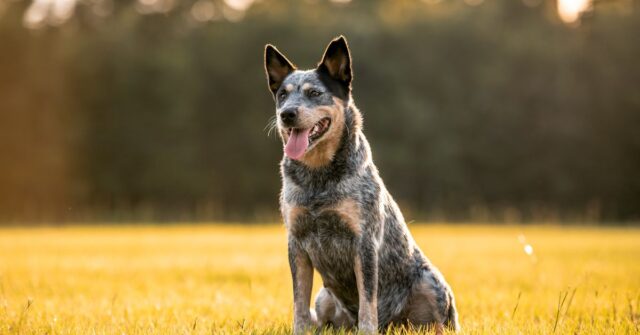
Development of Australian Working Dogs
The development of Australian working dogs was driven by the need for hardy, intelligent, and versatile dogs capable of handling large herds and vast, rugged landscapes.
Breeders selected dogs for traits such as endurance, herding instinct, and a strong work ethic, leading to the emergence of iconic breeds like the Kelpie.
The Birth of the Kelpie
The Australian Kelpie, a breed renowned for its herding abilities, emerged from the crossbreeding of British working dogs with native Australian dogs.
The breed was developed to meet the demanding conditions of Australian farms and outback stations.
Importation of British Working Collies
In the 19th century, British settlers brought Collies and other herding dogs to Australia. These dogs were essential for managing sheep and cattle.
The Collies’ intelligence, agility, and strong herding instinct made them ideal candidates for breeding programs aimed at creating a robust Australian herding dog.
Key Figures in Kelpie Development
One pivotal figure in the development of the Kelpie was Jack Gleeson, who, in the late 1800s, began breeding his dogs with a focus on working ability.
Another important contributor was Scottish-born Australian pastoralist Thomas Hall, who bred dogs that were instrumental in developing the Kelpie’s lineage.
Early Breed Standards and Recognition
The Kelpie’s breed standards were first formalized in the early 20th century. These standards helped distinguish between working Kelpies and those bred for show.
Organizations like the Working Kelpie Council and the Australian National Kennel Council have since played significant roles in maintaining and promoting the breed.

Characteristics of the Australian Kelpie
The Australian Kelpie is celebrated for its physical prowess and keen intelligence. These traits make it an invaluable asset to farmers and herders across Australia and beyond.
Physical Traits
Kelpies are medium-sized dogs with a muscular build and a coat that can be short, smooth, or rough. They typically weigh between 14 to 21 kilograms and stand about 46 to 51 centimetres at the shoulder.
Their coat colours can vary widely, including black, red, chocolate, and blue, often with tan markings.
Behavioural Traits
Kelpies are known for their high energy levels, strong herding instincts, and exceptional intelligence. They are highly trainable and excel in various canine sports and activities.
However, their need for mental and physical stimulation means they require an active and engaged owner.
Distinctions Between Working and Show Kelpies
Working Kelpies are bred for their herding abilities and are often more varied in appearance. Show Kelpies, on the other hand, are bred to conform to specific breed standards regarding appearance.
Both types are valued for their unique skills and characteristics, though their roles and lifestyles can differ significantly.
Common Colors and Coat Types
Kelpies come in a variety of colours, including black, red, chocolate, and blue, with some dogs displaying tan markings.
Their coats can be short and smooth or rough and weather-resistant, making them well-suited to different climates and working conditions.
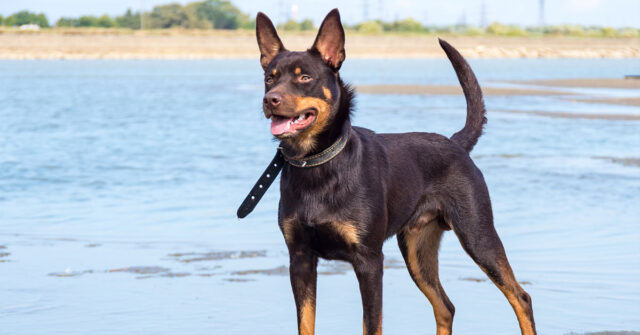
Care and Training of Kelpies
Owning a Kelpie requires commitment, as these dogs need ample exercise, training, and mental stimulation to thrive. Proper care ensures they remain healthy and happy.
Exercise Requirements
Kelpies need at least one to two hours of vigorous exercise daily. Activities like running, hiking, and herding games are ideal.
Providing opportunities for free running in a safe, enclosed area helps burn off their boundless energy.
Training Tips and Techniques
Training a Kelpie involves consistency, positive reinforcement, and mental challenges. They excel in obedience training, agility, and trick training.
Early socialization is crucial to prevent behavioural issues and ensure they are well-adjusted companions.
Grooming and Maintenance
Kelpies have low-maintenance coats that require regular brushing to manage shedding. Bathing should be done as needed, and their nails should be trimmed regularly.
Check and clean their ears to prevent infections, especially after outdoor activities.
Common Health Issues
While generally healthy, Kelpies can be prone to genetic conditions such as hip dysplasia, progressive retinal atrophy, and cerebellar abiotrophy.
Regular veterinary check-ups and a balanced diet are essential for maintaining their health.
Nutrition and Diet
A balanced diet rich in protein and nutrients supports Kelpie’s active lifestyle. High-quality commercial dog food or a carefully prepared homemade diet can meet their nutritional needs.
Consult with a veterinarian to ensure their diet is appropriate for their age, weight, and activity level.
Kelpies as Family Pets
Kelpies can make excellent family pets if their needs for exercise and mental stimulation are met.
Their loyalty and intelligence make them wonderful companions, though they may not be suited for all households.

Suitability for Families
Kelpies thrive in active families that can provide them with ample exercise and engagement. They are loyal and protective, often forming strong bonds with their human family members.
However, their high energy levels and herding instincts may not be ideal for families with very young children or less active lifestyles.
Space and Activity Level Considerations
Kelpies do best in homes with plenty of space to run and play. They are not well-suited to apartment living unless they receive significant daily exercise.
Access to a large, secure yard or regular visits to open spaces like parks is beneficial.
Socialization and Early Training
Early socialization is crucial for Kelpies to develop into well-rounded adults. Introducing them to a variety of people, animals, and environments helps curb potential behavioural issues.
Consistent training from a young age ensures they understand household rules and can adapt to family life.
Managing Behavioral Issues
Due to their intelligence and energy, Kelpies can develop undesirable behaviours if not properly managed.
Providing mental stimulation through training, puzzle toys, and interactive play helps prevent boredom-related issues like excessive barking or destructive chewing.
Establishing clear boundaries and using positive reinforcement techniques is key.
The Kelpie in Australian Culture
The Kelpie holds a special place in Australian culture, not only as a working dog but also as a symbol of the country’s pastoral heritage.
Their contributions to farming and their representation in media and literature highlight their importance and versatility.
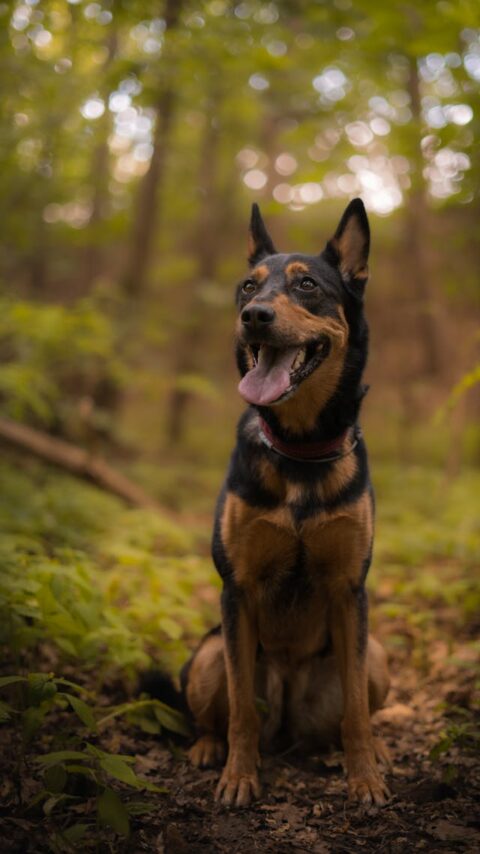
Famous Kelpies and Their Stories
Several Kelpies have become famous for their extraordinary herding abilities and loyalty.
One notable example is ‘Red Dog,’ a Kelpie who became a legend in Western Australia for his travels and adventures, later inspiring a book and a film.
Another famous Kelpie is ‘Eulooka Hoover,’ known for being the most expensive working dog ever sold in Australia, fetching a price of AUD 35,200 due to his exceptional skills.
Representation in Media and Literature
Kelpies have been featured in various forms of media and literature, highlighting their importance in Australian culture.
The film ‘Red Dog’ and its sequel celebrate the adventurous spirit of a Kelpie, while children’s books and television shows often depict Kelpies as intelligent and loyal companions.
These representations help cement the Kelpie’s status as a beloved Australian icon.
The Kelpie’s Role in Modern Farming
In modern farming, Kelpies continue to play a crucial role. Their ability to herd livestock efficiently and independently makes them indispensable on many Australian farms.
Farmers rely on Kelpies to manage large herds of sheep or cattle, often in challenging and remote environments.
The breed’s adaptability and endurance ensure they remain a vital part of Australia’s agricultural industry.
Conclusion
The history of Australian dog breeds, from the wild Dingo to the hardworking Kelpie, is a testament to the country’s rich cultural and agricultural heritage.
Understanding this history provides valuable insights into the development and significance of these remarkable dogs.
As we reflect on their legacy, we can appreciate the enduring bond between humans and dogs, and the vital roles these animals play in our lives.

Summary of Key Points
This blog post has explored the origins of the Dingo, its role in Indigenous culture, and its impact on Australian ecosystems.
We have traced the development of domestic breeds from early domestication efforts to the creation of the Kelpie.
The physical and behavioural traits of the Kelpie, along with their care and training requirements, were discussed in detail.
Additionally, we examined the Kelpie’s suitability as a family pet and their prominent place in Australian culture.
Reflecting on the Kelpie’s Legacy
The Kelpie’s legacy is one of resilience, intelligence, and adaptability.
These dogs have not only contributed significantly to Australian farming but have also become cherished companions and cultural symbols.
As we look to the future, Kelpies will undoubtedly continue to be celebrated for their unique qualities and their invaluable role in Australian society.

